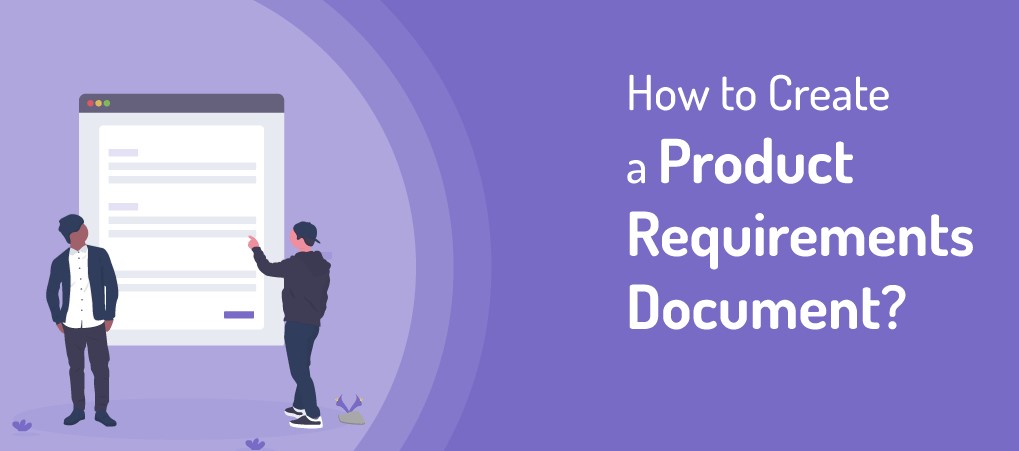So you have decided on a product requirements document! But where do you start? While you could hire an expert, mastering the steps can help customize the whole project.
Writing a PRD involves detailing the concept, how you start working on it, specifications, and how it will meet demand. You also include the things to consider and what stages your project will undergo. Writing a PRD means that you do it accurately for better understanding and plan for execution.

Why do you need a PRD?
You need a product requirements document for the following:
- It gives a clear plan of what you are working on.
- The PRD provides insights on budgeting for each stage of pursuing your project
- It is the best way to get ideas on how you meet the requirements and how you will actualize everything.
- With a PRD, you can find solutions and alternatives for possible challenges.
- Save time you would spend creating a product without a plan.
How to write a PRD: step by step
1. Market research
This step is critical as it forms the basis of your product. Conducting user research gives the framework of your plan by differentiating a good from a bad product. This step should outline your project and how it will solve clients’ needs. Many techniques can help research and come up with a product that guarantees life-long solutions. While analyzing user needs, you can do the following:
- Questionnaire about the project
- Prototyping
- Analyze your competitors’ approach
- Look for trends and similar brand partners -user stories
2. What’s your product purpose?
While this might appear less important, it determines how you develop, design, manage, and why you are working on the product. This step incorporates the users’ needs and how you are offering a solution. Consider this step as mandatory in convincing stakeholders when looking for investment. Besides, developers find it resourceful in noting challenges that arise from using competitor products.
3. Describe your product
This step requires you to list every aspect of your project whiles utilizing the market’s demand. Think of usability and the project’s guideline. Don’t forget to include the themes you will incorporate.
4. What’s the timeline?
Also known as release, it captures the time frame and when to launch your brand. The best way to figure out the release date is to factor in competitor’s performance, especially how the product did during the first few months of launching. Another tip to consider is setting realistic and achievable goals within the specified timeline. However, avoid rushing your product in meeting the specific time frame.
5. Stakeholders take
Are the stakeholders confident about your brand’s success? If you are seeking funding, you will understand why stakeholders’ thoughts matter. One helpful idea is to invite them for brainstorming and discussions to get their thoughts on the same.
Things to include in a PRD
Below are components that shouldn’t miss in your product requirements document:
- The purpose and why you need the brand –consider it the need you intend to meet.
- How will you solve each phase –include the features and specifications.
- The targeted consumer
- Does your project have a future, or is it a one-time pursuit?
- Unforeseen risks and how you will navigate them –note the assumptions that could arise should your brand turn out otherwise.
- Developer responsibilities and what to look out for
- When to launch –include dates for specific stages.
Conclusion
You cannot underestimate the need for product requirements documents. This process is inevitable in designing a successful product while meeting the end-user needs. So why not consider incorporating it in your next plan?

Taylor is a freelance SEO copywriter and blogger. His areas of expertise include technology, pop culture, and marketing.




![How to Watch UFC 295 Live Stream Free [Updated 2023] UFC 259 Live Stream Free](https://techsmartest.com/wp-content/uploads/2022/03/UFC-259-Live-Stream-Free-218x150.jpg)


![How to Watch UFC 295 Live Stream Free [Updated 2023] UFC 259 Live Stream Free](https://techsmartest.com/wp-content/uploads/2022/03/UFC-259-Live-Stream-Free-100x70.jpg)
![How to Access UFC 296 Live Stream Free [Updated 2023] UFC 260 Live Stream Free](https://techsmartest.com/wp-content/uploads/2022/03/UFC-260-Live-Stream-Free-100x70.jpg)


